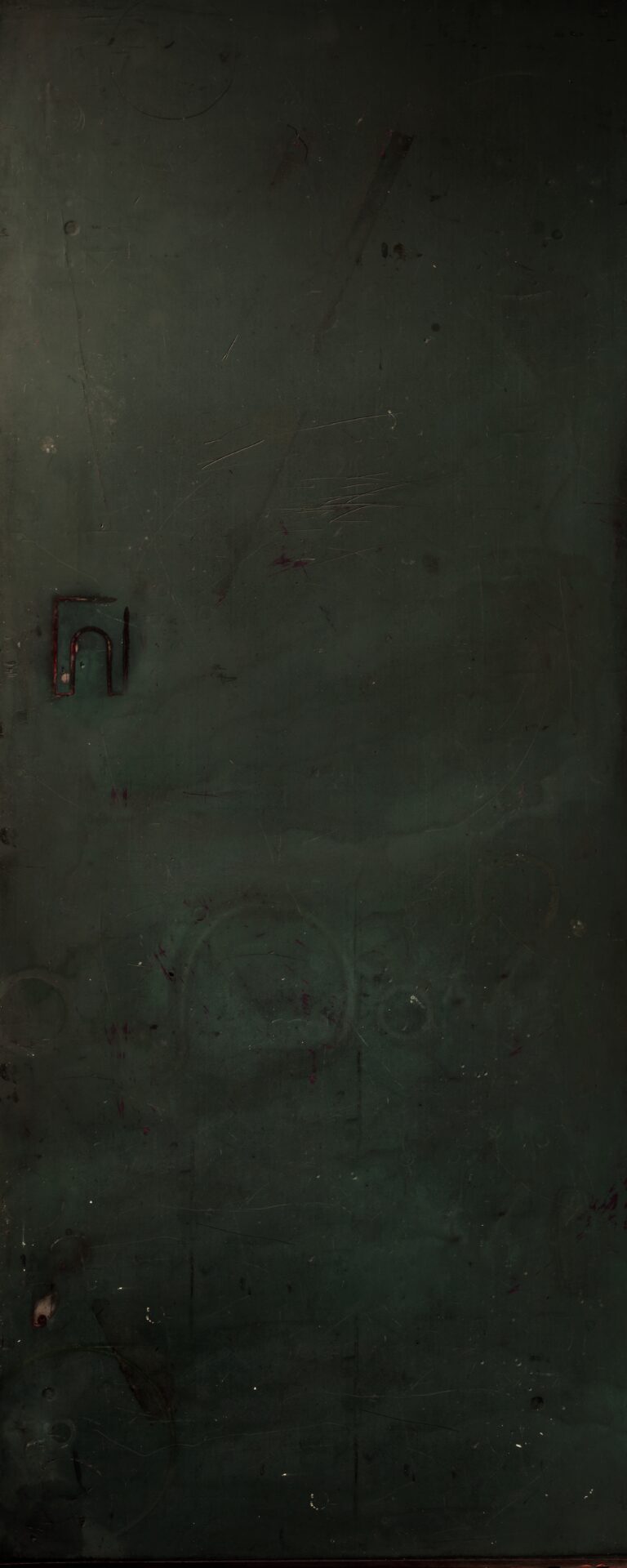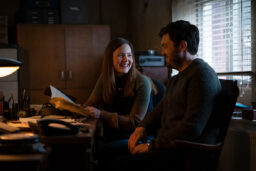The History of Felbrigg, Cromer and Norwich
The investigations into the Universal Humanitarian Church mean a dangerous and disturbing undercover mission for Robin Ellacott, at Chapman Farm, Felbrigg in Norfolk as a new recruit to the Universal Humanitarian Church.
For Robin, the chance to go to Norwich to collect for the UHC is as exciting as an exotic holiday. Strike, who spent time on Chapman Farm when he was a child, finds himself in a more conventional holiday spot, Cromer, while pursuing the origin mysteries of the church he confronts some of the mysteries of his own life in a church overlooking the place where Robin remains in such danger.
After half an hour’s travel along lanes bordered by hedgerows, Robin finally saw the sign for Lion’s Mouth, a narrow, tree-lined road. Not long after entering Lion’s Mouth, they turned up a well-maintained track. Ahead lay a long, one-storey edifice of light brick which, in spite of its Gothic windows, appeared recently built, and far away, on the horizon beyond the farm, Robin spotted a tall, circular tower that looked like the rook of a chess-playing giant.
The Running Grave, Robert Galbraith
The narrow road Robin’s minibus takes towards Chapman Farm is lined with beech, oak and sycamore, and forms one border of a great wood. The wood was planted by William Windham more than three hundred years ago to protect his home from the fierce winds coming from the North Sea, and some say the name of the road Robin travels along, Lion’s Mouth, comes from the stunning autumnal displays of foliage. The wood and the ancient, elegant house it protects, Felbrigg, is now under the care of the National Trust.
While Robin remains on the farm, she is surrounded by uncanny beliefs within the UHC. The ghost of the Drowned Prophet, Daiyu, appearing among the church’s followers, the manifestation of the Stolen Prophet in the figure flaming, thrashing straw man. The area around the farm is rich in its own, older ghost stories too. A woman in white is said to haunt the shrieking pits, ancient man-made hollows in fields northwest of the nearby village of Alymerton, searching for her missing child. Felbrigg House is supposedly haunted by one of its owners who died as the result of a fire and Black Shuck, the devil dog, also inhabits the area. Seeing him and his glowing red eyes, means death within the year. Luckily, the nearest Strike comes to a devil dog is the tiny, white and constantly yapping Dilly, who greets Strike at the home of the Heatons in Cromer.
It took Strike a further twenty minutes to extricate himself from the Heatons and their friends, but he did so as tactfully and pleasantly as he could manage, in case he needed to speak to them again. Once outside, he relaxed his facial muscles with relief, walked to the end of Garden Street and onto the esplanade.
The Running Grave, Robert Galbraith
Strike goes to Cromer to meet the Heatons, the only witnesses to what happened on the beach the day the Drowned Prophet, Daiyu, died, who are not connected to the church. Cromer is a popular and pretty coastal resort, famous for crab, its beaches, and picturesque streets filled with independent shops. An ancient village, it was once linked with another settlement, Shipden, which disappeared into the North Sea. Like Daiyu, the village left a ghostly trace on the area. The author of Highways and Byways in East Anglia writes that the children still listen for the church bells of the lost village.
The famous pier, successor to one built in the late fourteenth century, was built by the Victorians who came in growing numbers to this ‘respectable and agreeable watering place’ to bathe in the sea. After visiting the Heatons, Strike stays in one of the hotels founded during this period, the Hotel de Paris. The original hotel was built in the 1830s by Pierre le Françoise, whose parents fled the revolution in France when he was a child. The hotel prospered and after the railways reached Cromer in the later part of the century, the hotel was rebuilt to become the grand red brick building which now watches over the beach.
A salty breeze stung Strike’s tired eyes as he leaned on the railings, and squinted down onto the beach. In spite of the unpropitious weather, there were still people walking over the patches of dun-coloured sand that were strewn with rounded flints, like those that adorned the town’s older walls.
The Running Grave, Robert Galbraith
Cromer is famous for its wide sandy beaches and, though accidents are rare, Daiyu was not the only person associated with Chapman Farm and the UHC to be lost to the sea. Jennifer, the first wife of UHC founder, Jonathan Wace, was drowned here in 1988. As part of the tribute to his wife, Wace published in the local paper a plagiarised poem. The original, written by George Barker (1913-1991), celebrated his friend escaping drowning off Cromer beach. It begins with the line ‘Came up that cold sea at Cromer like a running grave…’ George Barker, like Wace, lived a life of extremes, normally at other people’s expense. Though Wace’s version of the poem looked familiar to Strike, Barker is not much read today. However, By Grand Central Station I Sat Down and Wept, a novel written by his long-term lover Elizabeth Smart about their relationship, is recognised as a classic. Barker was also a bitter rival of Dylan Thomas, whose poem When, like a running grave, time tracks you down… is one of the epigraphs to this novel. Dylan Thomas first published this poem in 1934 when he was still a teenager. Barker published the poem which uses the striking phrase after Thomas’s death so it’s possible Barker too stole it. That would make Wace a second-hand plagiarist of his poem. Fitting, given how much of his religious philosophy is borrowed wholesale from a variety of traditions.
Robin immediately turned left up a side road, emerging onto a wide street, which ran past a huge grassy mound on top of which stood Norwich Castle, an enormous and imposing crenellated cube of stone.
The Running Grave, Robert Galbraith
Collecting for the UHC provides Robin with a brief glimpse of the outside world again after some harrowing weeks on Chapman Farm. Her duties on the stall mean she has little chance to see one of the most beautiful medieval cities in England, with its cathedral, many ancient churches, half-timbered buildings, and rich history, but searching for her fellow UHC member Emily gives her a glimpse of the castle. The castle was originally built by order of William the Conqueror after his invasion of England in 1066, and became a refuge, a prison, and a site of execution. It is now a museum and art gallery. It is said that an ancient King of England, Gurgunt, is buried under the castle with his treasure. Gurgunt was mentioned in Geoffrey of Monmouth’s History of the Kings of Briton as Gurguit; a king who preceded King Arthur and gave Ireland to a group of Basques who had been expelled from Spain. The story was well enough established in local folklore for a citizen of Norwich to dress up as the fabled king to greet Queen Elizabeth I when she visited Norwich in 1578.
Robin eventually finds Emily in the Royal Arcade, a stunning art nouveau covered street of shops and cafés in the middle of the city, lined with Carrara Ware ceramic tiles from Royal Doulton. The architect of the arcade, George Skipper, also built the Hotel de Paris in Cromer where Strike stays after questioning the Heatons.
there it was: a church, as he should have known it would be: a very old Norfolk church, faced with flint rubble like so many of the buildings he’d passed in Cromer.
The Running Grave, Robert Galbraith
Strike remembers the round tower on the hill overlooking Chapman Farm from his childhood, and Robin too notices it as soon as she arrives, looking like a chess piece on the horizon. As a child, Strike thought it was a watch tower, or that children were locked up in it, but after waking to deeply disturbing news in his hotel room in Cromer, Strikes goes to see it up-close for the first time. Instead of captured children or the enemies of his youth, he finds this ancient church, with a round, flint covered tower, dedicated to St John the Baptist. He also finds a generous and tactful welcome as he sits on one of the hard wooden pews in the whitewashed interior, thinking of the faith of his late aunt Joan, and, in his grief, of the human craving for meaning in chaos, and for the hope of something beyond the world of pain and endless striving.
The Universal Humanitarian Church and Jonathan Wace are writing another chapter of legend and mystery into the Norfolk countryside, but unlike the mysteries of King Gurgunt, or the white spirit among the shrieking pits, or the mysteries of faith which built both this round towered country church and the magnificent cathedral of Norwich, the UHC mysteries are ones Robin and Strike intend to solve no matter the uncanny dangers and challenges they face.




